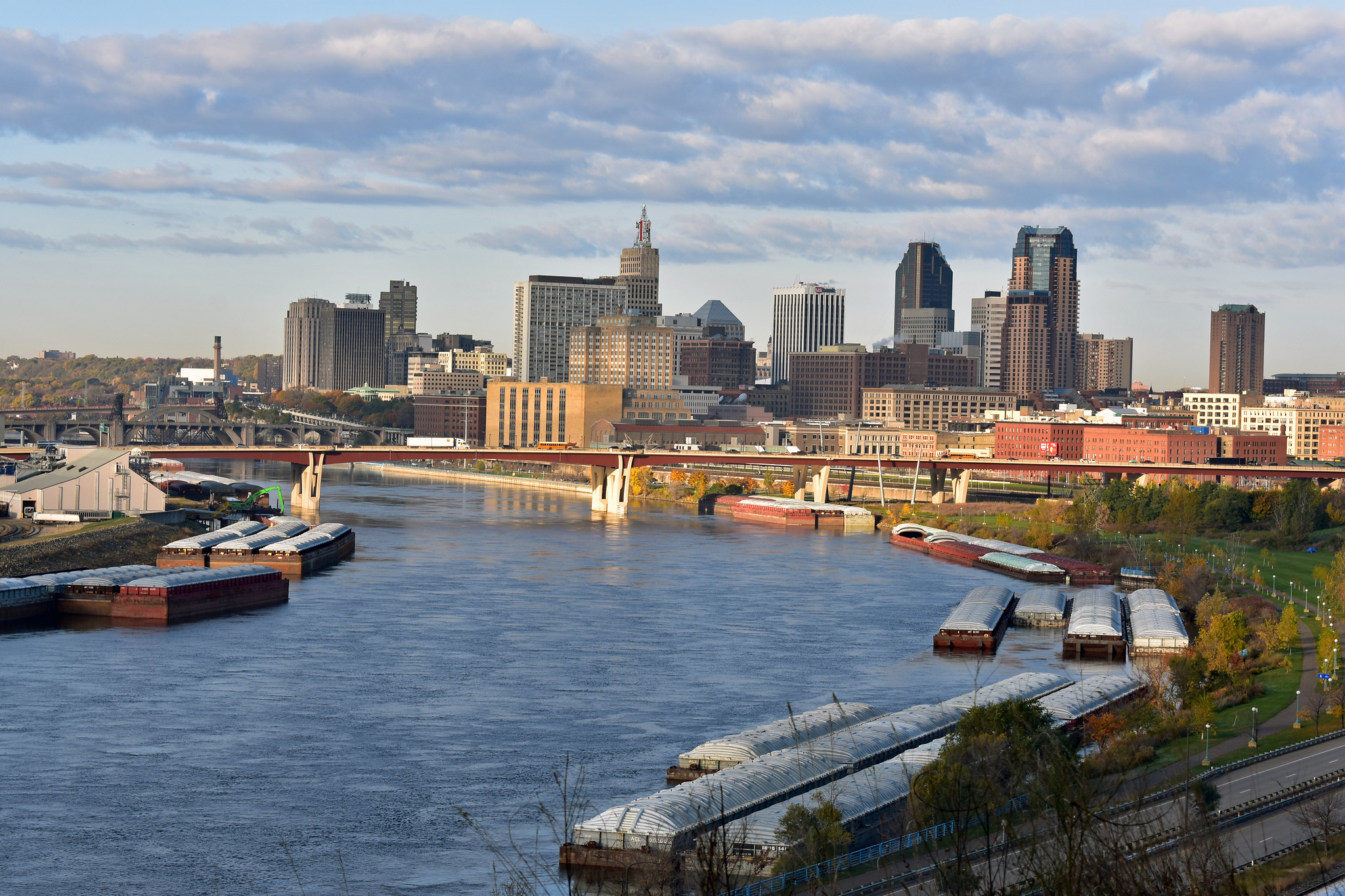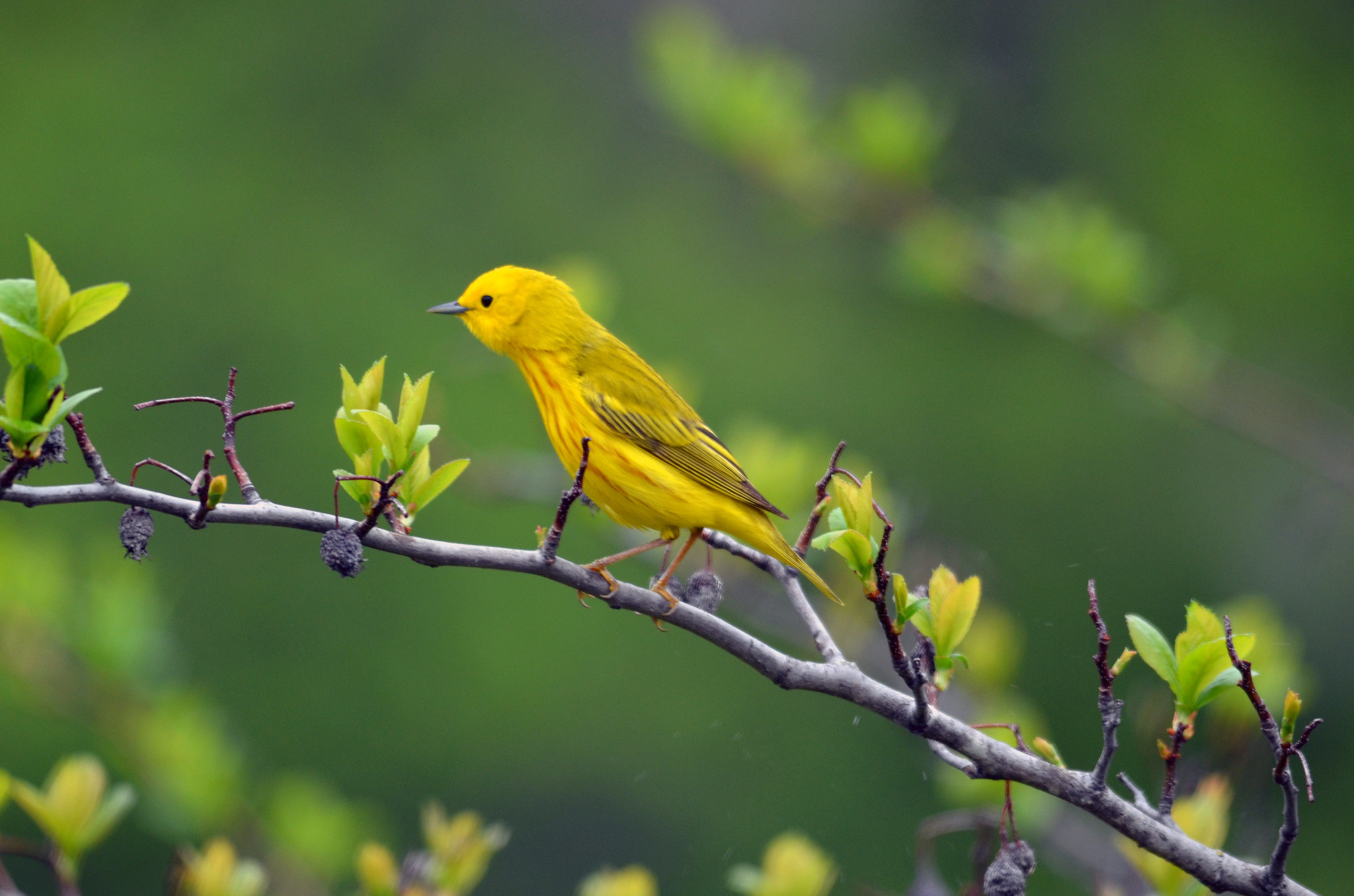St. Paul's new bird-safe, river-oriented development rules move ahead

We've worked with multiple cities and townships (including Minneapolis) to adopt new riverfront rules in the past few years. We've been eagerly waiting for St. Paul to join the club. Now the city's public review process for their new ordinance is here, and ...
We think St. Paul's is the best we've seen so far! What's different about St. Paul's proposed ordinance? The city has included two specific elements that make it stand out above the crowd.
But first, a brief overview of where these rules came from and why each city and township in our metro river corridor is updating theirs.
Why are cities updating riverfront rules?
Cities and townships along the metro Mississippi riverfront (25 in total) have begun adopting Mississippi River Corridor Critical Area (MRCCA) ordinances — new rules to protect our riverfront. State requirements guide these ordinances, bringing a more consistent standard for riverfront development and management throughout our entire national park.
The ordinances include standards for public access, buildings, vegetation management, stormwater management, protection of special resources and more. While each community's ordinance must meet certain state standards, cities have the option to add other guidelines that make sense for their riverfront contexts and community goals.
FMR issued the call and led the advocacy effort to update the river rules several years ago. Now, we're proud to see these ordinances come to fruition, with updated, science-based river rules enforceable in every city.
Why we're excited about St. Paul's new ordinance
Here's why we think St. Paul is on the right track with their proposed updates.
Bird-safe building standards
Thanks to advocacy by FMR, the city is including a requirement for bird-safe glass on new buildings (and additions) along with requirements for bird-safe exterior lighting. This represents a crucial step forward in giving birds that migrate along the Mississippi River flyway safe passage through the city.
The Mississippi River is an important migratory corridor for about 40% of all North American migrating birds. Roughly 270 bird species live in or travel through the Twin Cities river flyway.
Bird populations are experiencing significant collapse and are under continued threat from various sources, including the built environment. In the U.S. it's estimated that 600 million birds are killed in window strikes each year.
One way to balance urban density with wildlife protection is to require bird-friendly lighting design, building design and building materials in all new development along the river.
St. Paul's bird protections incorporate the best science-based standards for bird-safe glass.

Well-defined building height limits
One of FMR's other priorities for St. Paul's ordinance was ensuring clear definitions of building height limits. The city's approach to building height in the proposed ordinance is excellent.
Building height limits vary widely throughout the Critical Area based on development patterns and riverfront characteristics. St. Paul's riverfront has some areas that require careful consideration about how to balance future development needs and protection of scenic views to and from the river.
The river gorge through Minneapolis and St. Paul (the only gorge on the entire Mississippi) is a tremendous scenic resource. The river's beauty has drawn people to this area for thousands of years. Many places along the St. Paul river are also sacred to Dakota people.
In places along the gorge, it's still possible to look out over the river and see almost no humanmade development. If you visit, water, trees, bluffs and soaring birds fill your view. You're able to gain a sense of your place in the landscape ... literally a sense of place that is unique and special, not to mention sacred for many.
Well-managed building heights can protect those rare natural views for everyone to enjoy from parks and other public spaces. They can also encourage additional river-oriented development by ensuring that the entire neighborhood is designed with the big picture in mind.
The state's baseline MRCCA rules require that taller building heights be tiered away from the river. The areas closest to the shoreline should have slightly shorter buildings so that buildings farther back can also enjoy river views. This way, riverfront visitors can also see farther into the surrounding blocks.
This approach creates connection and relationship between the river and its surroundings. It also encourages more developers to orient their projects towards the river and increases the appeal of those buildings.
St. Paul's proposed ordinance approaches these considerations for building height in a straightforward way that protects natural views and clearly defines tiering standards. Simply put, in St. Paul, the further a building is stepped away from the edge of the river or bluffline, the taller it can be. These height limits apply only to areas with views to or from the river, not the entire city.
Where things stand
We're excited about St. Paul's proposed ordinance, but it's not a done deal yet.
On Jan. 20, the St. Paul Planning Commission reviewed the ordinance and listened to public testimony. Based on public comments, city staff will revise the draft ordinance before sending it back for another Planning Commission review in the coming weeks. The St. Paul Pioneer Press summarized the meeting in this recent article.
We're expecting the revised draft to include even stronger requirements for bird-safe glass, as well as more flexibility for building heights along the downtown riverfront. FMR supports both of these revisions.
The City Council will also have to approve the ordinance in order for these new rules to take effect.
We'll continue to monitor the ordinance language as it moves ahead, so check back for updates in the near future.